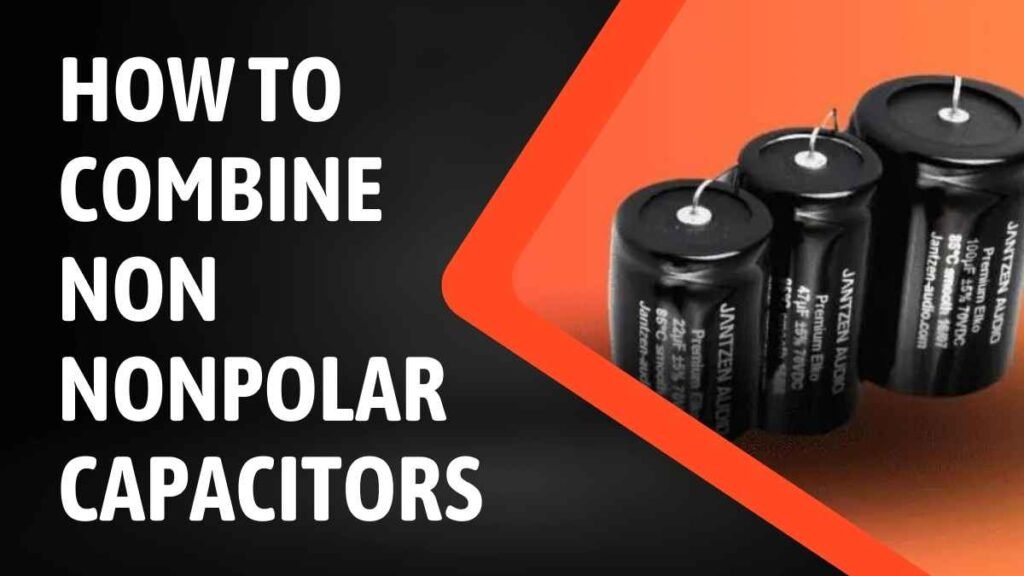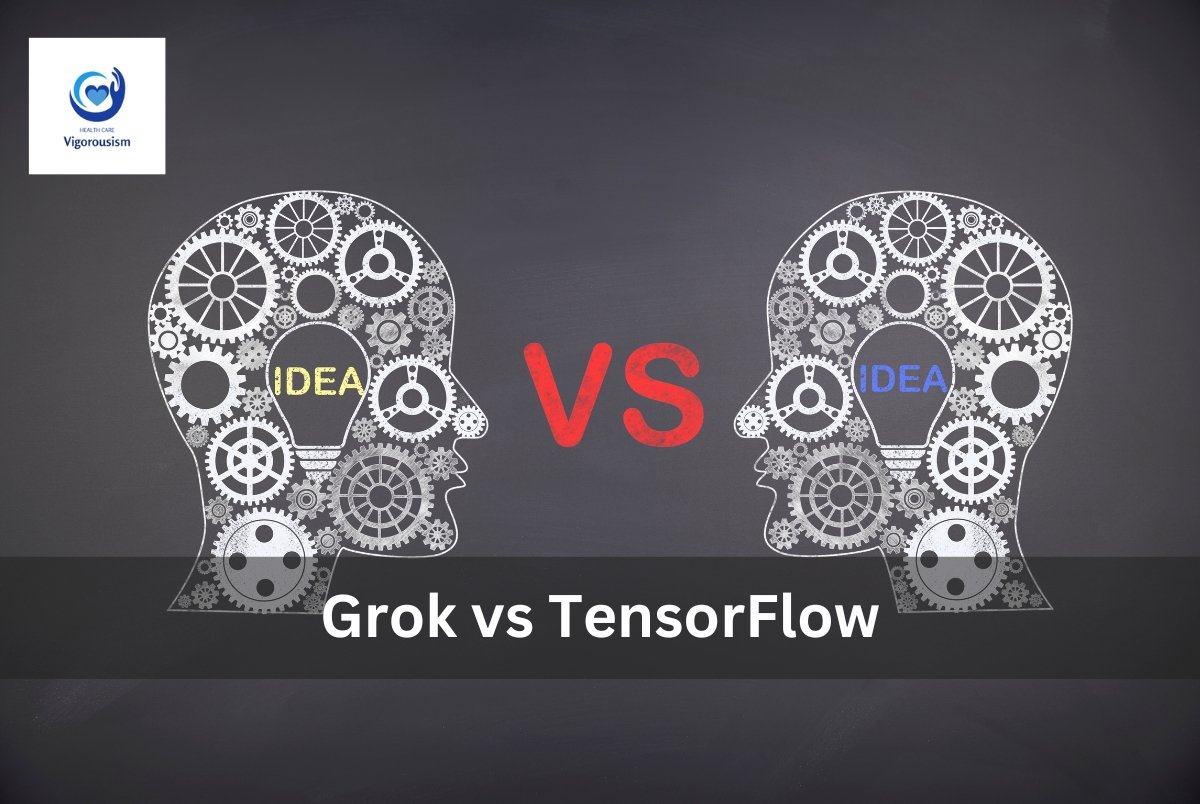How To Combine Non Nonpolar Capacitors! Hey there, fellow tinkerers and tech fanatics! Ever stared at a jumble of non-polar capacitors, wishing you could magically combine them into a powerhouse of electrical storage? Well, be concerned no more! This guide is your roadmap to getting to know that aHow To Combine Non Nonpolar Capacitors, turning your components bin right into a playground of strength.
Table of Contents
The Two Ways to Play:
Before we dive in, allow’s recognize the two major methods to join non-polar capacitors: series and parallel. Think of them as distinctive flavors of electrical cocktails.
Series Connection
Imagine stacking your capacitors like a tower of electrical Legos. The voltage score adds up, becoming the sum of every man or woman capacitor’s rating. But much like including ice cubes dilutes your juice, the overall capacitance gets smaller. Think of it as splitting the electrical garage duty among your capacitor group.
Parallel Connection
Picture your capacitors maintaining hands in a circle, sharing the electrical load. The capacitance score gets a boost, becoming the sum of each person capacitor’s capacitance. However, the voltage rating stays the same as the lowest-rated capacitor inside the organization. Don’t let a weakling capacitor destroy the voltage birthday party!

The Nitty-Gritty of Connection:
Now, for the practical magic. Grab your soldering iron and allow’s get physical:
Series
Connect the nice terminal of one capacitor to the negative terminal of the subsequent, developing a sequence. Keep following this sample till all capacitors are connected. The ultimate loose terminals (one positive and one poor) emerge as your new, top notch-powered capacitor’s terminals.
Parallel
This is less difficult! Join all the advantageous terminals collectively and all the terrible terminals together. These combined terminals emerge as the nice and terrible terminals of your tremendous-capacitor, respectively.
Safety First, Fun Always:
Remember, electricity demands recognize. Double-check your connections earlier than making use of any voltage. And in no way exceed the voltage score of your weakest capacitor in a parallel connection. Safety first, pals!
Beyond the Basics:
Ready to push your capacitor prowess in addition? Here are some bonus tips:
- Match capacitances: For optimum overall performance in parallel connections, try to use capacitors with similar capacitance values.
- Mind the voltage: Always select capacitors with voltage scores exceeding the most voltage you expect to come across for your circuit.
- Think out of doors the container: Experiment with distinctive combinations of series and parallel connections to obtain your desired capacitance and voltage rankings.
With this understanding to your electric arsenal, you may be combining non-polar capacitors like a pro pro, powering your tasks to new heights. So, cross forth, triumph over capacitor chaos, and build something great! Here you can checkout the comparison between Grok and Notion AI.


